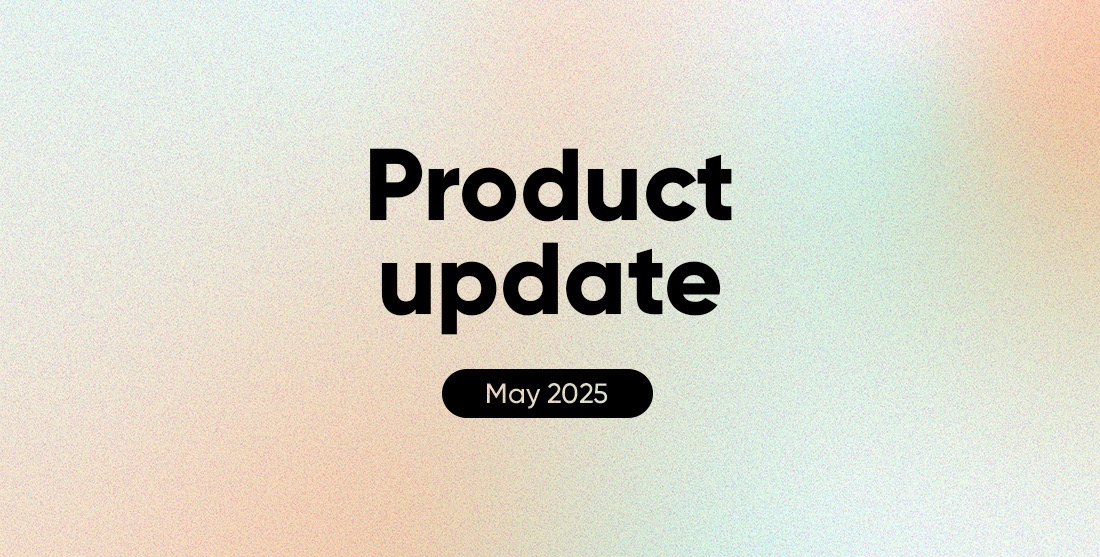
Discover the latest features and product updates to help you get the most out of Queue-it. This quarter brings enhancements to Traffic Access Rules, new ways to manage suspicious traffic, a modernized Integration Rules UI, and more.
Traffic Access Rules (TAR) is part of Queue-it’s advanced suite of bot mitigation and traffic control features. TAR now includes a specialized Privacy Relay classifier that lets you exclude recognized Privacy Relay traffic from challenges or blocks.
For example, Apple iCloud Private Relay traffic can trigger false positives when using Data Center challenges or blocks. That means genuine visitors may be unintentionally challenged or blocked, hurting the user experience and conversion rates. With the new classifier, you can exclude Privacy Relay traffic from these actions—helping you block real threats without impacting genuine visitors.
A typical rule configuration might look like this:
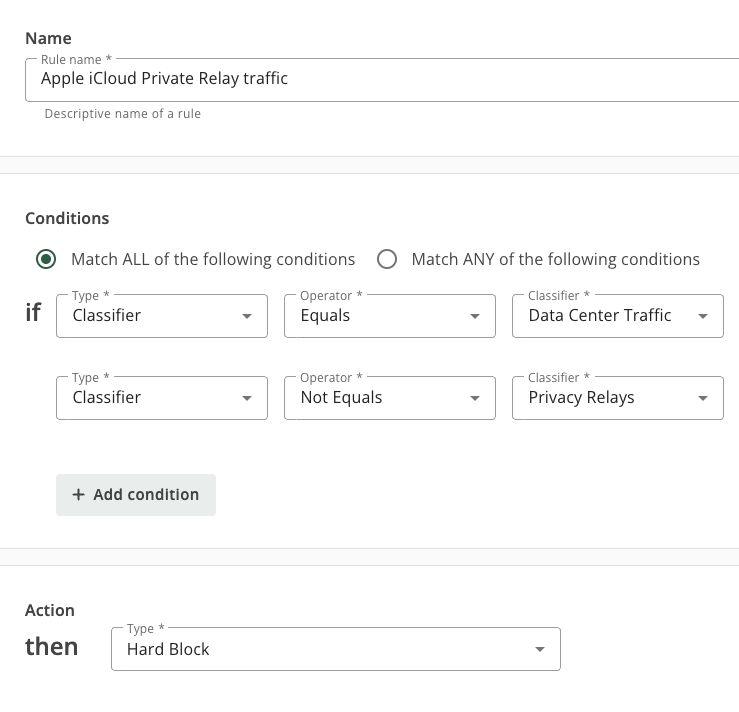
This new feature is available for all customers on the Bots & Abuse Premium plan. Queue-it customers can find more TAR documentation on the Support hub.
You can now select the Proof-of-Work (PoW) challenge type instead of Queue-it CAPTCHA in Traffic Access Rules. The PoW challenge filters suspicious traffic by requiring devices to complete a lightweight computational task before entering the queue. Compared to CAPTCHA, PoW uses computing power as the cost driver. The more queue spots bots try to grab, the more CPU they burn—making high-volume bot traffic costly and less effective. This tackles the volume problem of bots head-on, while being less intrusive on the user experience.
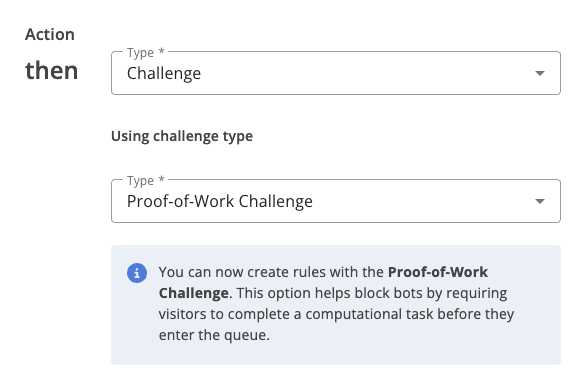
PoW is built to handle high-stakes sales and registrations—where bots attempt to flood the waiting room in high volumes to purchase tickets, sneakers, or grab limited-inventory product. For one major concert onsale, about 11% of visitors failed the Proof-of-Work challenge, meaning these were bots that had even made it through existing bot mitigation solutions. In another example, Proof-of-Work blocked 39% of users in an airline ticket sale.
The feature is available now for all customers on the Bots & Abuse Premium plan.
Last but not least from the Traffic Access Rules (TAR) updates, you can now assign tag-based conditions in TAR. Tags let you apply rules to groups of waiting rooms, rather than only at the global or individual level.
Managing rules one-by-one across waiting rooms—especially those created via API—slows down implementation and increases the chance of mistakes. To solve this, tag-based conditions reduce manual work, streamline rule management, and speed up waiting room setup.
For example, you could tag waiting rooms based on security needs—such as “high-security” for product launches and “standard” for seasonal sales. Then simply create the rules once for each tag. As new waiting rooms are created via the API, simply assign the right tag—via the GO Queue-it Platform or the API—and the rules apply automatically.
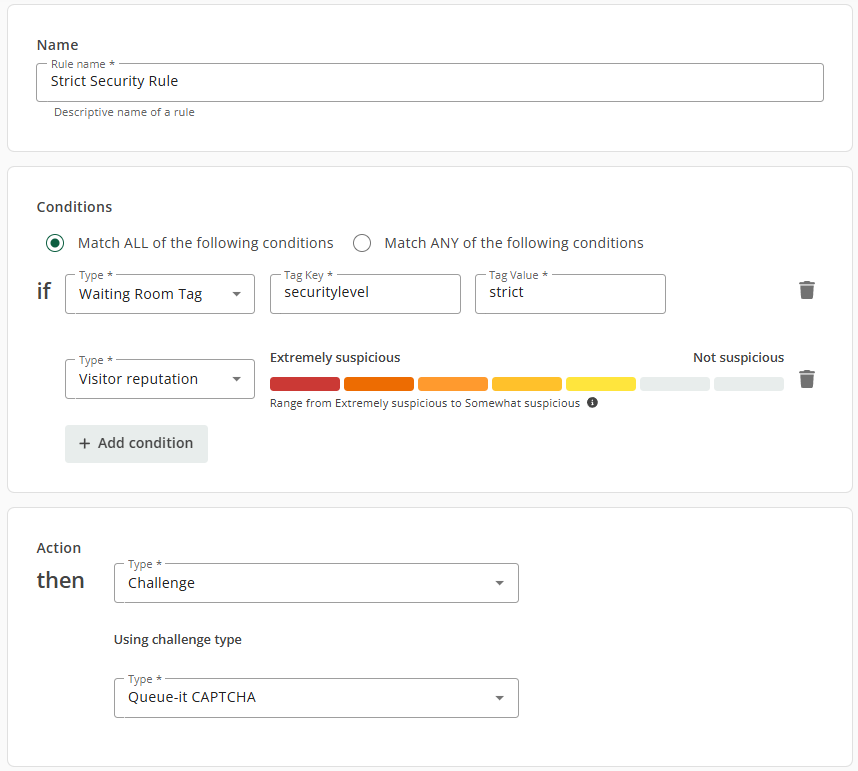
This new TAR condition helps you apply consistent, customized configurations more efficiently.
Tags in TAR are now available and automatically enabled for all customers on both the Bots & Abuse Basic and Premium plans.
Based on customer feedback, Queue-it’s product team introduced Integration Rules—a new, user-friendly interface that simplifies how you set up and manage waiting room logic. Check out the behind-the-scenes of this update to get an overview of key features and see them in action in a live demo.
Previously, configuring Actions & Triggers in the GO Queue-it Platform meant jumping between screens, making even simple setups time-consuming and error-prone. Integration Rules replaces the current Actions & Triggers interface with a modern design that saves time, reduces errors, and gives you more control. It’s built for everyone—from developers to marketers—with simplicity and flexibility in mind.
Integration Rules supports even the most complex setups and makes it easier to manage multiple waiting rooms. The new UI makes it easier, for example, to host an invite-only or special landing page waiting room alongside a general-access one, or to run multiple sales simultaneously on the same domain.
Some of the key improvements include:
- “If/Then” rule format
- Activate/Deactivate toggle
- Double Queue Exemption
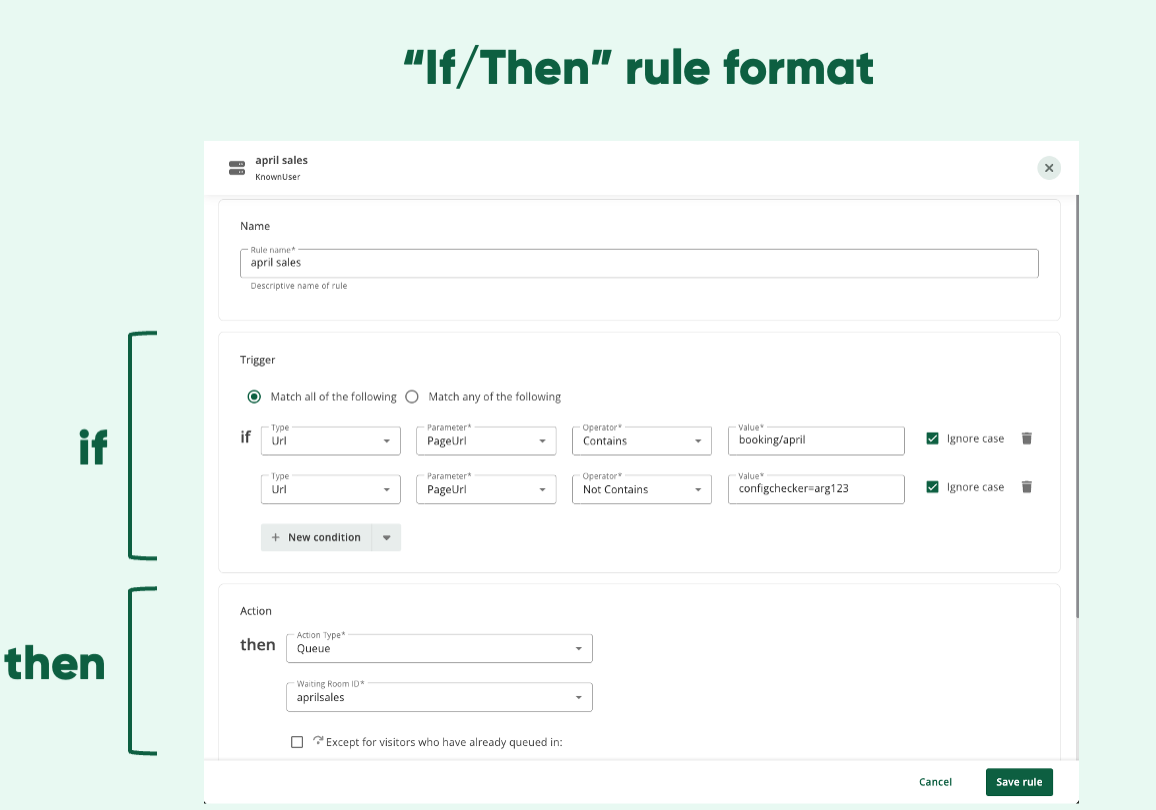
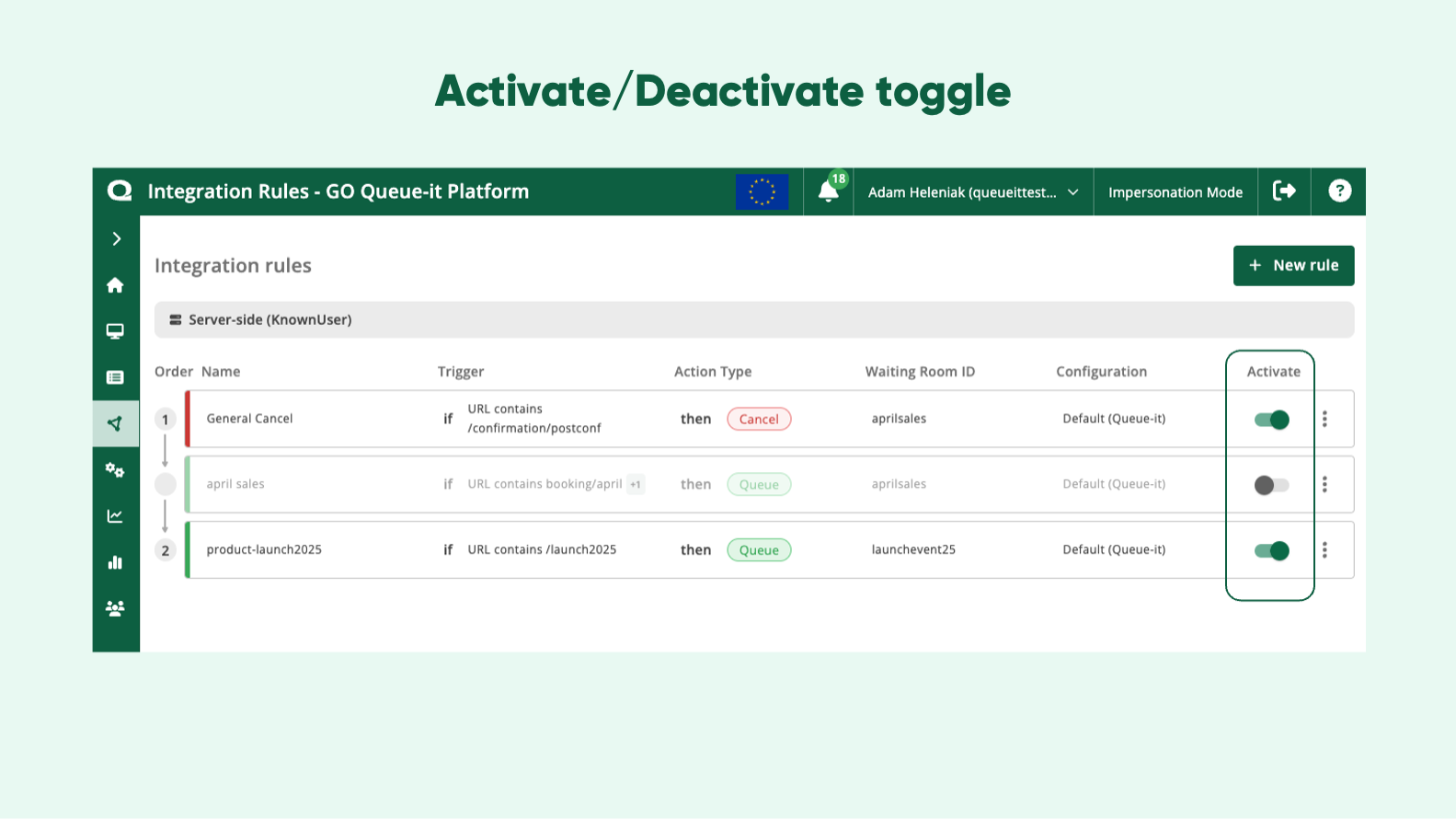
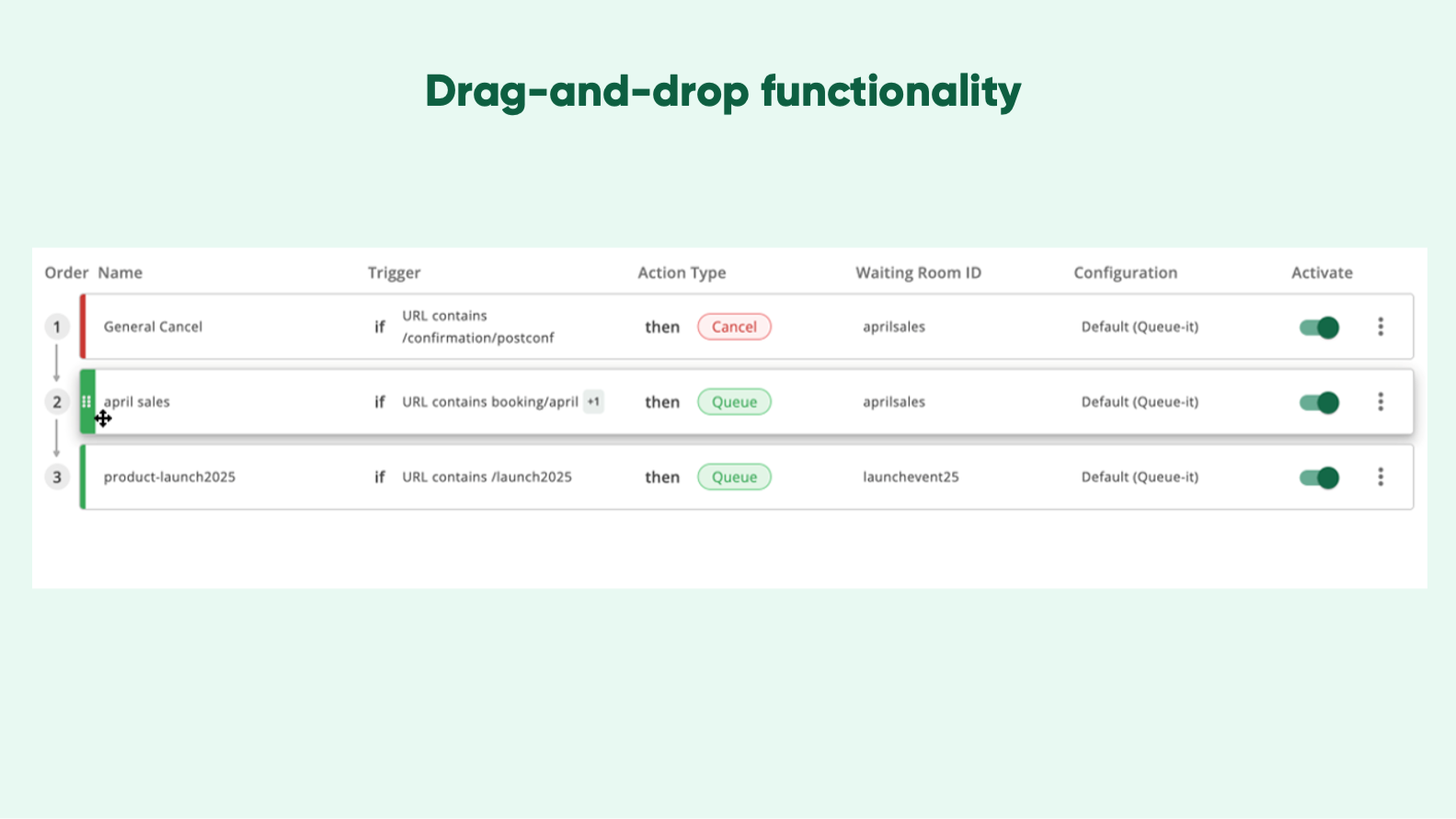
From January 2025, Integration Rules is the default interface for all new Queue-it customers. Full migration begins later in 2025. Early access is handled case by case—please contact your Queue-it support representative or support@queue-it.com to explore the timing and support that works best for your team. You can find more information in the Integration Rules White Paper.
Our R&D team is hard at work building new ways to help you get the most out of Queue-it. Next quarter, look out for updates around Hype Event Protection and more.
